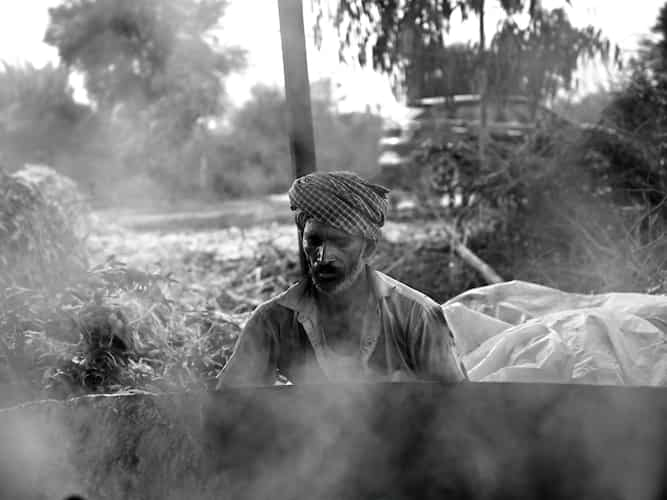It was meant to be a quick trip to CR Park, Market 2. My mother needed to purchase some vermillion and incense sticks for a puja when she laid her eyes on the ‘Patali’ gur strategically placed right outside the shop. She got a kilo packed and got inside the car with a big grin on her face, harping about the great deal she struck with the shopkeeper for the gur. The rest of us were just happy that we are taking season’s first ‘Patali’ gur to the house. In Bengal, or Bengali households across the country, this is one of the most-awaited seasons of the whole year, for this is the season of the date palm jaggery of the Khejurer Gur to take over our dessert fare.
Jaggery’s significance in India runs deep and wide. It's one of the most ancient foods known to humankind, even Ayurveda has discussed its benefits in detail. Known to provide warmth and energy to the body, Jaggery is also dubbed a healthier alternative to sugar now.
Jaggery can broadly be classified into two types, one that is extracted from sugarcane, which is also incredibly delicious, but in the hierarchy of jaggery, it occupies the lower rung of the ladder. ' Nolen Gur ' which means ‘new jaggery’ in Bengali, occupies the top and premium spot.
Ritualistically, this is the jaggery extracted from the sap of date palm obtained from date palm tree. Scores of people are employed to yield this gur that is available from around November to January-end.

This date palm jaggery is further divided in two kinds, the ‘jhola gur’ and the ‘patali gur’. Jhola is derived from the word Jhol which in Bengali refers to a kind of liquid. This liquid jaggery available for an even smaller time window is essentially a dense, brown liquid with a luminous shine. It can be used to sweeten a variety of desserts. You can also drizzle it over your cakes, brownies, pancakes and more.

The Patali Gur is the solidified khejur gur, and they are deep brown in colour with a melt-in-mouth quality. They come in the shape of small cakes. They are firm but not very brittle, and they can be broken and crushed to make many desserts.
As per many Bengal confectioners and sweet makers, Nolen Gur is the best accessory of a dessert. This is perhaps why the Nolen Gur versions of typical desserts like sondesh and roshogolla are often priced more in comparison to sweets made with ‘cheeni’ or sugar.
Plenty of desserts such as Patishapta, Pithe and Joynagerer Moa are also available around the winter months simply because of the availability of Nolen Gur. It is unlikely for you to find these and a slew of other unique winter desserts after Poush Sankranti, as, after Sankranti, the availability of date palm jaggery becomes limited.
If you are planning to get some Nolen Gur, try this delicious recipe and thank us later.


